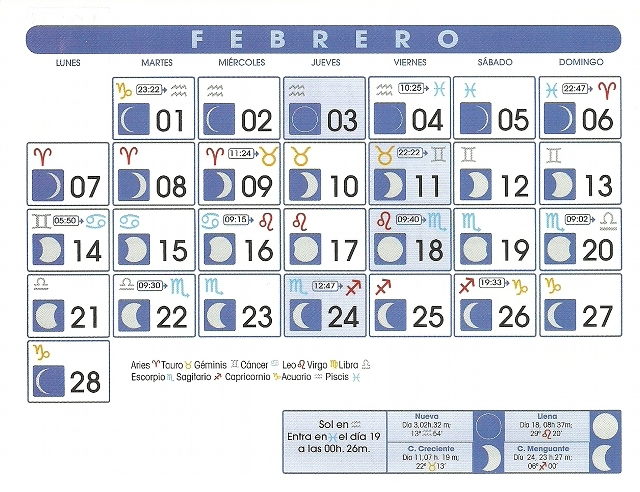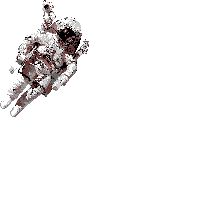The Sky This Month August 2010
The Sky this Month - August 2010
Perseid Meteor Shower
For casual stargazers, the highlight of the month is the fine Perseid meteor shower. This annual event peaks on the nights of August 11-12, when the Earth passes through a stream of particles left over from Comet Swift-Tuttle. In dark sky, you can see many dozens of meteors each hour, especially after midnight as the Earth turns into the stream. And this year, the sky will be dark since the Moon will set long before midnight.
Planets at Sunset
Mars, Saturn, and brilliant Venus continue their square dance in the western sky at sunset. Never far from each other, or from the brighter stars of Leo and Virgo, these three planets show you the dynamic solar system in action. They gather to within 5 degrees of each other on August 8 (see below), then spread out a bit by August 12 when they’re joined by a slender crescent Moon. This will be a great opportunity to take a simple snapshot of the Moon and three planets.
Venus, Mars, and Saturn just after sunset on August 8, 2010.
Jupiter
The next two months will give you the best view this year of the “Lord Planet” Jupiter. Rising in Pisces about 9:30 p.m. local time by mid month, the planet brightens and grows bigger as it approaches opposition next month. It shines at a stunning magnitude -2.9, far brighter than any star. You can’t miss it. The diameter of the planet’s disk grows to a fat 49?, so it will be a fine sight in a telescope. If you can, observe the planet when it’s highest in the sky to avoid the turbulence of our atmosphere.
Even a small scope will show you the four largest moons of Jupiter, and the dark belts and white zones running across the planet, especially the thick belt just north of the equator. While usually easily visible, the south equatorial belt “disappeared” a couple of months ago– a rare occurrence– and no one knows when it will become visible again.
The Milky Way
You can’t beat lying back on an August night under dark sky to examine the stunning celestial sights along the Milky Way. Wherever you are in the world, this is a great month to look at star clouds, dark nebulae, and naked-eye clusters along the “backbone of the night”. One knot of stars is so dense and bright, Messier included it in his catalog as M24 (see the thumbnail image at the top of the page). It’s just north and east of the lid of the “teapot” shape of Sagittarius, and south the the lovely Swan Nebula. We’ll give you a few more ideas of things to look for in the coming issues.






.gif)


.gif)



